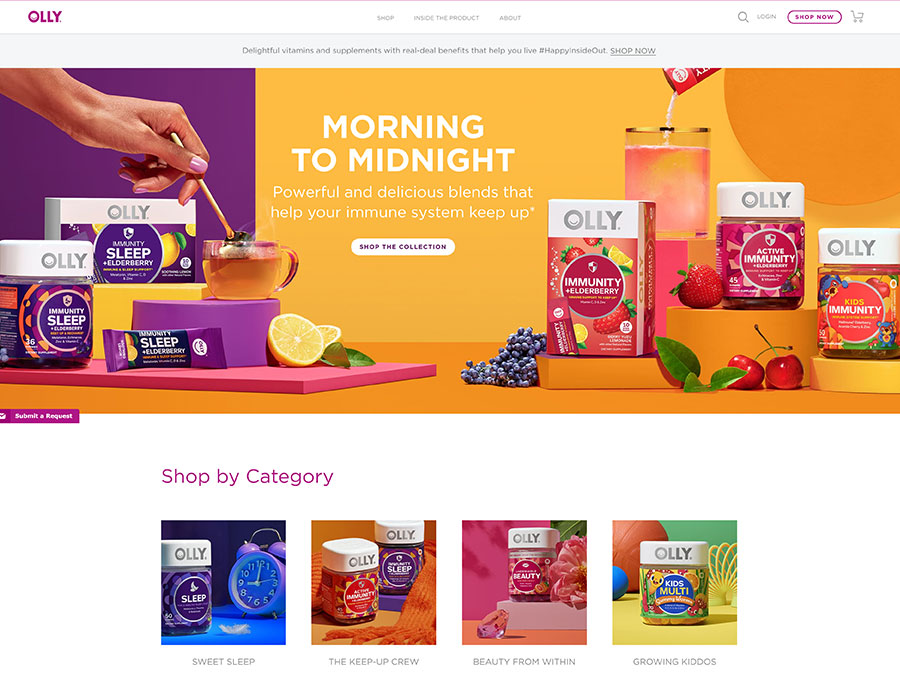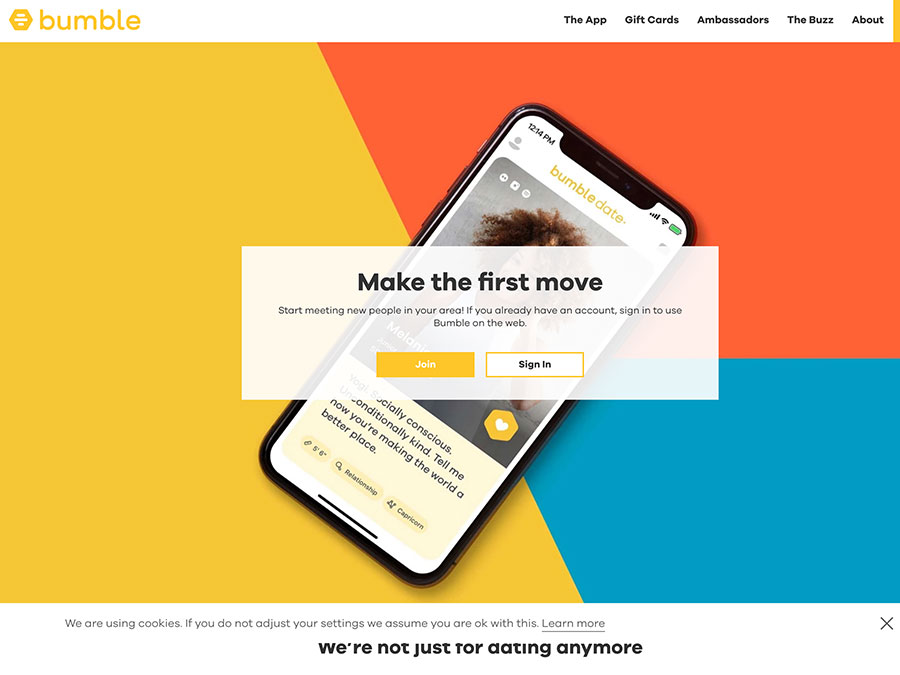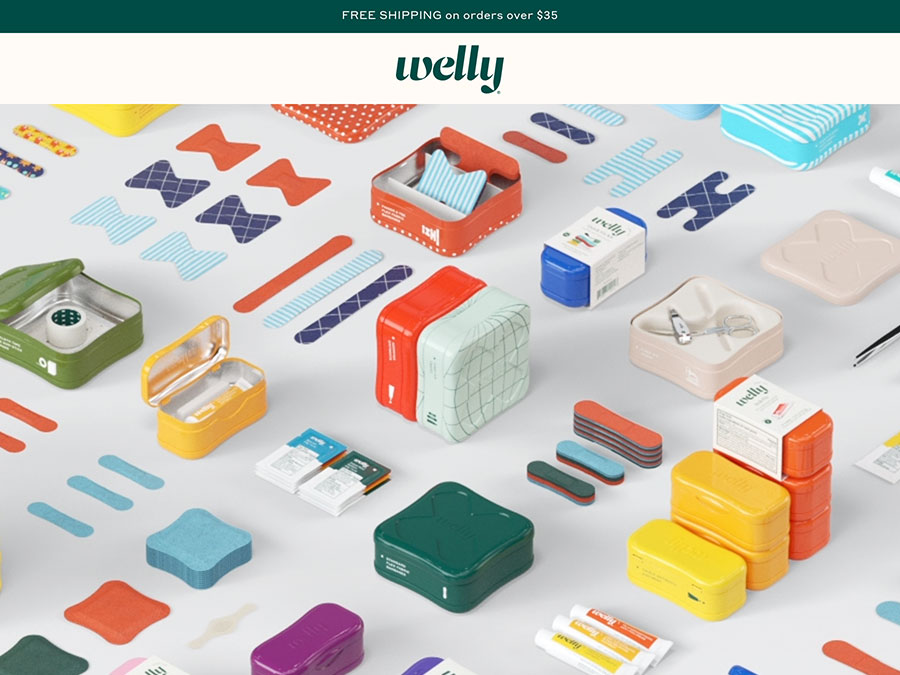It’s easy to forget what your audience knows (or does not know) about your business.
We see businesses large and small make similar mistakes—ambiguous messaging, vague next steps, and unconvincing promises. In fact, there is a billboard outside our window with the message “We do it all.” Likely aimed to communicate expertise and instill confidence, in reality, it tells us nothing about their business or how it could solve our problems. Who knows how many customers they are missing because their message is not clear.
Don’t let obvious information get left out or buried under layers of complicated wording. When it comes to effective marketing, cute and clever are nice qualities to have, but never at the expense of a clear message that tells your customers exactly what you offer and how to get it.

Olipop clarifies its brand position and product differentiation in five words, “The healthy alternative to soda.”

Olly uses product photography and clear copywriting to tell people right away that their daytime and nighttime teas are extra special.

Bumble makes it easy for new customers to know what to do next with one simple sentence, “Make the first move” and two buttons.

Welly put their unique product packaging front and center to show off what makes them different.
Five ways to put customers first and add clarity to your brand.
01. Make your customers the hero.
People don’t just buy products, they buy your promises, the story you tell, your solutions, and in the loftiest of terms, better versions of themselves. Try focusing less on features—what your product can do—and more on benefits—what a person can do with your product.
02. Keep it short and simple.
People are busy and inundated with information every day. Respect your customers’ time by putting essential information where they’ll see it (the headlines), and leave out anything that doesn’t get to the point fast.
03. Explain the problem and your solution.
As a general exercise, put yourself in your customers’ shoes. What pain points do they have that you can diminish?
If you own a family-friendly restaurant, highlight how your casual atmosphere or exceptional kids menu take the stress out of dining. If you’re a web developer, remind small business owners of the time and trouble you’ll save them versus trying to build a website on their own *ahem.*
04. Provide a clear path forward.
Make it easy for interested customers to take the next step—buy your product, schedule a call, or book a service. Your buying process should be straightforward, providing simple steps to give your customers clarity and limit frustrations.
05. Leave no uncertain terms.
Remember to set clear expectations (and honor them). Never assume that essential details are understood. If it’s important, it’s worth repeating. Remember that trust is essential in building great relationships with your customers, and misinformation and unwanted surprises will set those relationships back, not move them forward.
For retailers, if shipping is free only after a particular minimum order, be clear about it. If your brand boasts “all natural” ingredients, be honest about what that means. If something falls outside the standard service pricing, tell customers up front and explain how they can sign on for a more deluxe package.
These steps will help you audit and create compelling marketing messaging that you can use on your website, throughout social media, and in your email campaigns. If you need help copywriting or creating your CRM tools and systems, get in touch. We offer free consultations and work within budgets that scale.
